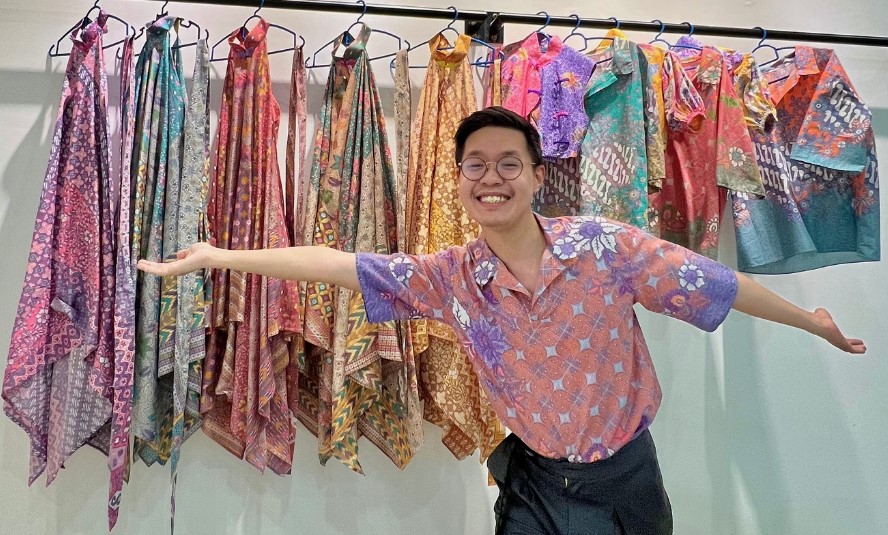
Batik as an Indonesian cultural heritage, on October 2 2009, batik was designated by UNESCO (United Nations Educational, Scientific and Cultural Organization) as one of the original cultural heritages in Indonesia, which has high artistic and cultural value.
Observing the movement of the batik industry which continues to creep upwards and the high market demand for various Indonesian batik patterns, the batik industry is deemed worthy of being developed and introduced more widely both domestically and at the international level. It is proven that the batik business in East Java toktotoslot continues to develop following current trends with each region having its own characteristics and patterns as an identity. One of them is that the Blitar district area has the characteristic of spoken batik with local Blitar patterns such as temple motifs, natural wealth motifs and Cakra Palah as an icon of the Blitar district area.
Observing the movement that the market demand for local Blitar style batik using silk continues to increase in Blitar Regency. Batik lovers are of the opinion that using silk material gives its own class and quality, gives the impression of being luxurious and soft and emits brighter batik colors and patterns when using silk material. The advantage of silk is that it looks luxurious, suitable for use at important events such as party banquets, silk material has quite good absorption capacity.
The problem faced is the lack of human resources who master batik techniques using silk. Due to the limited silk material, the need for this material is not yet available in the area, so batik craftsmen are still dependent on buying raw silk materials and have to go to big cities. And finally, the problem is, batik makers are not yet equipped with the skills on how to make batik on silk. The batik technique on silk cloth is actually not much different from other types of materials. The only difference is in the use of the basic fabric and pelorodan.